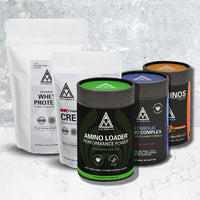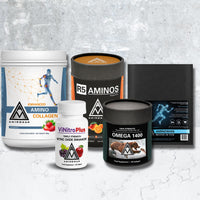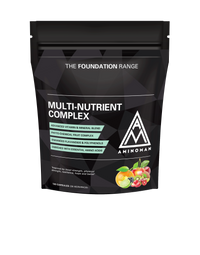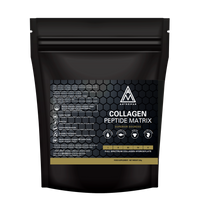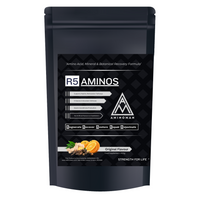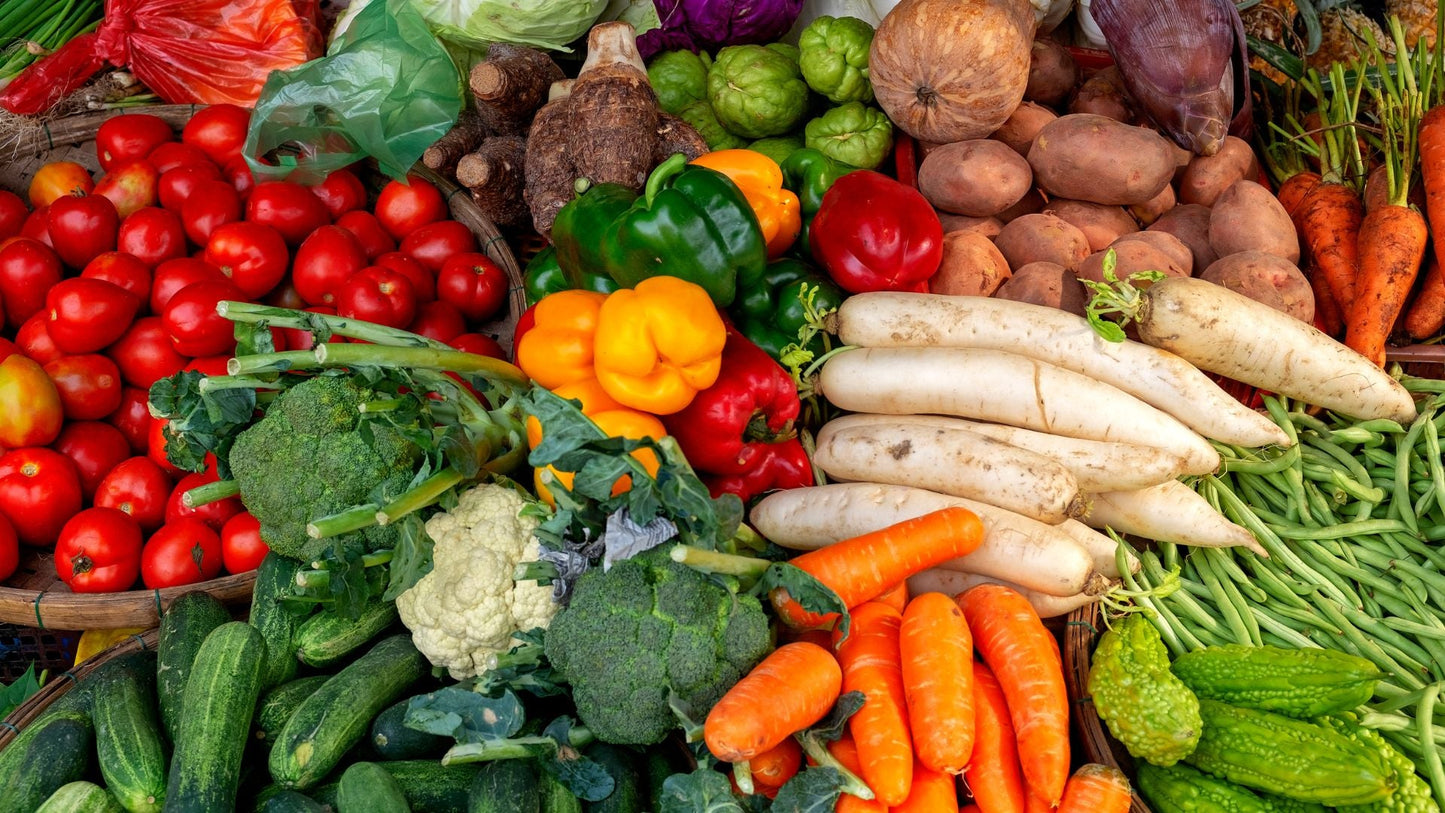Vegetables rock all round. Rather than eat the same ones each day I like a weekly cycle where I emphasise certain veggies each day.
Here’s what I do at the moment and help clients get into:
Each week:
- 500-1kg broccoli – steamed, stir fried and sometimes pan fried the next day for breakfast with garlic, chili and a little soya sauce or fish sauce
- 1kg of spinach – cooked down with lemon and a little butter + seasoning.
- 500g Roasted cauliflower and cauliflower rice.
- Carrot rape salad. https://www.youtube.com/watch?v=L1FgYENj6FM
- Ratatouille.
- Mediterranean roasted vegetable medley.
- Garlic mustard salads + complex salads*
- All the reds*
- All the greens*
- Soups / various*
- Homemade red cabbage coleslaw……make a massive bowl with carrots + red onion and a big cider vinegar + garlic dressing + higher potassium salt.
- Big bowl minted peas. Ideally using fresh mint.
Mixed protein meals which also contains tons of vegetables, herbs and spices are as follows;
- Big bolognaise (convert into Chili for the following meals)
- Big Stews or casseroles
- Paella – leaning towards the veggies over the rice
- Home-made curries (various) including okra and spinach dishes
I’ll usually include some fats with the veggies as these will help absorption of the goodness.
The Power of Vegetables, Polyphenols, and Antioxidants
Introduction
Vegetables are nutritional powerhouses, supplying essential vitamins, minerals, fiber, and bioactive compounds crucial for health. Among these bioactive compounds, polyphenols, carotenoids, and antioxidants stand out for their powerful protective effects against oxidative stress, inflammation, and chronic diseases. Consuming a diverse range of vegetables ensures a broad intake of these compounds, which have been linked to reduced risks of cardiovascular diseases, cancer, and neurodegenerative disorders.
What Are Polyphenols, Carotenoids, and Antioxidants?
Polyphenols
Polyphenols are naturally occurring compounds found primarily in plant-based foods. They can be categorized into the following groups:
- Flavonoids (e.g., quercetin, kaempferol, anthocyanins) – Found in onions, kale, berries, and red cabbage.
- Phenolic Acids (e.g., chlorogenic acid, ferulic acid) – Found in coffee, carrots, and whole grains.
- Polyphenolic Amides (e.g., capsaicinoids) – Found in chili peppers.
- Other Polyphenols (e.g., lignans, stilbenes) – Found in flaxseeds and grapes.
Carotenoids
Carotenoids are pigments responsible for the red, orange, and yellow hues in many fruits and vegetables. They include:
- Beta-carotene – Found in carrots, sweet potatoes, and spinach.
- Lutein & Zeaxanthin – Present in leafy greens like kale and spinach, known for supporting eye health.
- Lycopene – Found in tomatoes, watermelon, and red peppers, beneficial for heart health.
Antioxidants
Antioxidants neutralize free radicals in the body, reducing oxidative stress and preventing cellular damage. Key antioxidants in vegetables include:
- Vitamin C – Found in bell peppers, citrus fruits, and broccoli.
- Vitamin E – Present in nuts, seeds, and leafy greens.
- Glucosinolates – Found in cruciferous vegetables like broccoli and cauliflower, supporting detoxification.
Health Benefits
- Antioxidant Protection: Reduces oxidative stress, which contributes to aging and chronic diseases.
- Anti-inflammatory Effects: Helps modulate immune responses and reduce chronic inflammation.
- Gut Health Support: Polyphenols and fiber promote the growth of beneficial gut bacteria.
- Heart Health: Improves endothelial function and reduces blood pressure.
- Neuroprotective Properties: May help protect against cognitive decline and neurodegenerative disorders.
- Eye Health: Lutein and zeaxanthin reduce the risk of age-related macular degeneration.
Analysis of Weekly Vegetable Intake
1. Broccoli (500g per week)
- Key Nutrients: Kaempferol, quercetin, sulforaphane, vitamin C.
- Ways to Increase Nutrient Intake: Add other cruciferous vegetables like kale or Brussels sprouts.
- Recipe Idea: Broccoli Stir-Fry with Garlic and Sesame (image included).
2. Spinach (1kg per week)
- Key Nutrients: Spinacetin, patuletin, lutein, beta-carotene, vitamin C.
- Ways to Increase Nutrient Intake: Consume raw in salads to preserve polyphenols and carotenoids.
- Recipe Idea: Spinach Salad with Walnuts and Pomegranate (image included).
3. Cauliflower (500g per week)
- Key Nutrients: Ferulic acid, sinapic acid, glucosinolates, vitamin C.
- Ways to Increase Nutrient Intake: Roast with turmeric to enhance polyphenol synergy.
- Recipe Idea: Turmeric Roasted Cauliflower (image included).
4. Carrot Rape Salad
- Key Nutrients: Chlorogenic acid, caffeic acid, beta-carotene.
- Ways to Increase Nutrient Intake: Add herbs like parsley and mint.
- Recipe Idea: Carrot Salad with Cilantro and Lemon (image included).
5. Ratatouille
- Key Nutrients: Lycopene, anthocyanins, flavonoids, vitamin C.
- Ways to Increase Nutrient Intake: Incorporate fresh oregano and basil.
- Recipe Idea: Classic Ratatouille with Herbs (image included).
6. Mediterranean Roasted Vegetable Medley
- Key Nutrients: Flavonoids, phenolic acids, beta-carotene, vitamin E.
- Ways to Increase Nutrient Intake: Use extra virgin olive oil and fresh herbs.
- Recipe Idea: Mediterranean Roasted Veggies with Olive Oil (image included).
7. Garlic Mustard Salads + Complex Salads
- Key Nutrients: Quercetin, sinigrin, vitamin C.
- Ways to Increase Nutrient Intake: Add fermented vegetables like sauerkraut.
- Recipe Idea: Garlic Mustard Salad with Apple Cider Vinegar (image included).

By incorporating a diverse array of vegetables and enhancing them with polyphenol-rich additions such as herbs, spices, and fermented foods, you can optimize your intake of antioxidants, carotenoids, and polyphenols. This approach ensures broad-spectrum nutrient intake, supporting antioxidant protection, inflammation reduction, gut health, and overall well-being.
Incorporating dietary fats into meals can significantly enhance the absorption of fat-soluble compounds like curcumin from turmeric and lycopene from tomatoes.
Curcumin Absorption
Curcumin, the active compound in turmeric, is poorly absorbed on its own due to its low solubility in water. Consuming curcumin with dietary fats can improve its bioavailability. Additionally, combining curcumin with black pepper, which contains piperine, further enhances absorption.
https://www.webmd.com/diet/supplement-guide-turmeric
Lycopene Absorption
Lycopene, a carotenoid found in tomatoes, is also fat-soluble. Studies have shown that consuming lycopene-rich foods with dietary fats enhances its absorption. For instance, consuming cooked tomatoes with about 10 grams of dietary fat or uncooked tomatoes with about 15 grams of dietary fat significantly increases lycopene uptake.
https://www.mdpi.com/2076-3921/10/3/342
Mechanism of Enhanced Absorption
The presence of dietary fats facilitates the incorporation of fat-soluble compounds into micelles during digestion, which are essential for their absorption in the intestines. This process enhances the bioavailability of compounds like curcumin and lycopene.
https://www.annualreviews.org/content/journals/10.1146/annurev.food.102308.124120
Practical Recommendations
- Curcumin: To improve curcumin absorption, consume turmeric with meals containing healthy fats, such as avocados, nuts, or olive oil. Including black pepper can further enhance its bioavailability.
- Lycopene: For optimal lycopene absorption, pair tomato-based foods with dietary fats. For example, adding olive oil to tomato sauces or salads can increase lycopene uptake.
By incorporating healthy fats into meals containing turmeric and tomatoes, you can significantly enhance the absorption of curcumin and lycopene, thereby maximizing their potential health benefits.
References
- Scalbert, A., Manach, C., Morand, C., Rémésy, C., & Jiménez, L. (2005). Dietary polyphenols and the prevention of diseases. Critical Reviews in Food Science and Nutrition, 45(4), 287-306.
- Williamson, G. (2017). The role of polyphenols in modern nutrition. Nutrition Bulletin, 42(3), 226-235.
- Del Rio, D., Rodriguez-Mateos, A., Spencer, J. P. E., Tognolini, M., Borges, G., & Crozier, A. (2013). Dietary polyphenols: metabolism and health effects. Nutrition, Metabolism & Cardiovascular Diseases, 23(2), 114-127.

